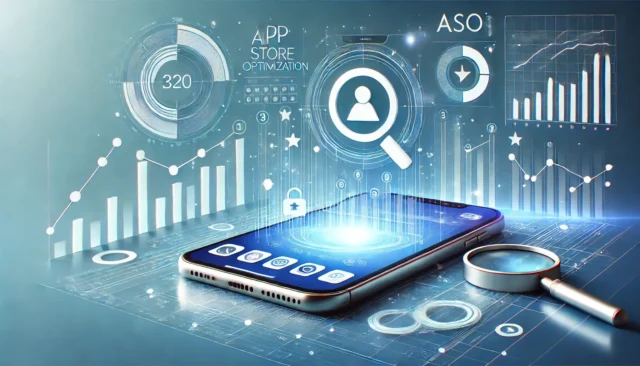In-app purchases (IAPs) are a significant revenue stream for mobile app developers, especially in the gaming and subscription-based industries. However, simply integrating IAP functionality isn’t enough. To truly maximize revenue, you need to optimize your app for in-app purchases effectively. Here are some proven strategies to help you enhance your app’s monetization through IAPs.

1. Understand Your Audience
Identify User Needs and Preferences
Before you start optimizing for IAPs, it’s crucial to understand your target audience. Conduct surveys, user interviews, or analyze user behavior data to identify what users are willing to spend money on.
- Segment Your Audience: Consider creating user personas based on demographics, usage patterns, and spending behavior. Tailoring your IAP offerings to different segments can lead to higher conversion rates.
Implement Analytics Tools
Use analytics tools to track user interactions with your app. Platforms like Google Analytics, Firebase, or Mixpanel can provide insights into user behavior, helping you refine your IAP strategy based on real data.
2. Create Irresistible Offers
Design Attractive In-App Purchase Options
Your IAP offerings should be appealing and offer genuine value to the user. Consider the following:
- Variety of Options: Offer different tiers of purchases, from small one-time purchases to larger subscriptions. This allows users to choose according to their budget and needs.
- Time-Limited Offers: Implement limited-time promotions or discounts to create a sense of urgency. Users are more likely to make impulsive purchases if they feel they might miss out.
Utilize Bundling Strategies
Consider offering bundles of features or items at a discount compared to purchasing them individually. This can increase the perceived value and encourage users to spend more.
3. Simplify the Purchase Process
Streamline the Checkout Experience
A complicated or lengthy checkout process can deter users from completing their purchases. Here are some tips to simplify the IAP process:
- Minimal Steps: Reduce the number of steps required to make a purchase. Aim for a one-tap purchase experience whenever possible.
- Multiple Payment Options: Offer various payment methods (credit cards, digital wallets, etc.) to cater to different user preferences.
Implement a Guest Checkout Option
Allow users to make purchases without creating an account. This can help reduce friction, particularly for new users who may be hesitant to commit to your app.
4. Leverage Personalization
Tailor Offers Based on User Behavior
Use data analytics to personalize in-app purchase offers. For example, if a user frequently plays a particular game mode, you could offer them a related power-up or premium content that enhances their experience.
Send Targeted Notifications
Utilize push notifications to remind users of items they showed interest in or to promote special offers. Ensure that notifications are timely and relevant to avoid being intrusive.
5. Enhance User Engagement
Gamify the Purchase Process
Incorporate elements of gamification to encourage users to make purchases. You could implement a rewards system where users earn points for purchases that can be redeemed for discounts or exclusive items.
Build a Community Around Your App
Create forums, social media groups, or in-app communities where users can share tips, strategies, and experiences. This sense of community can lead to increased user engagement and loyalty, making users more likely to spend on IAPs.
6. Test and Optimize Continuously
Conduct A/B Testing
Experiment with different IAP options, pricing strategies, and promotions. A/B testing allows you to identify what resonates best with your audience, helping you optimize your approach continually.
Gather User Feedback
Regularly seek feedback from your users about their IAP experiences. Use this feedback to make informed decisions on how to enhance your offerings and improve user satisfaction.
7. Comply with App Store Guidelines
Understand Store Policies
Familiarize yourself with the guidelines set by app stores (like Google Play and the Apple App Store) regarding in-app purchases. Ensure that your IAPs comply with these rules to avoid potential penalties or removal from the platform.
Provide Clear Information
Clearly communicate the details of your IAPs within the app. Users should understand what they are purchasing, including any recurring charges for subscriptions. Transparency builds trust and encourages users to make purchases.
Conclusion
Optimizing your mobile app for in-app purchases is essential for maximizing revenue and enhancing user experience. By understanding your audience, creating irresistible offers, simplifying the purchase process, leveraging personalization, engaging users, continuously testing and optimizing, and complying with app store guidelines, you can significantly increase your app’s IAP revenue.


No responses yet